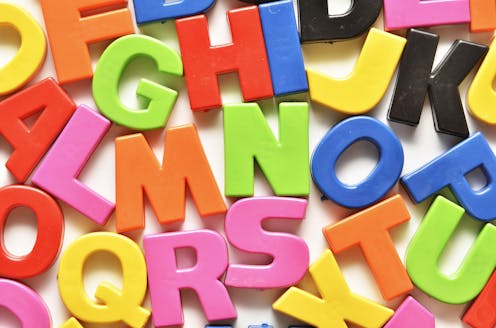

Authors: Jane Sancinito, Assistant Professor of History, UMass Lowell
Read more


